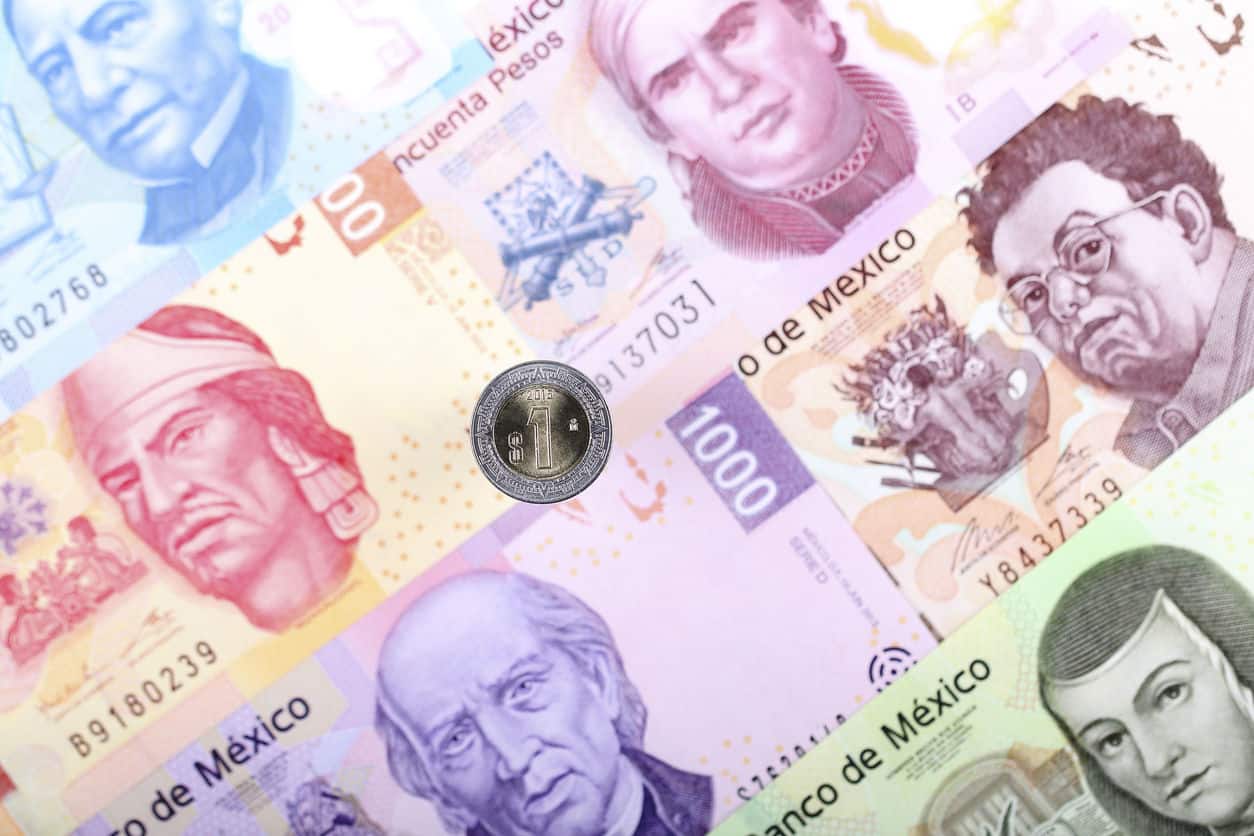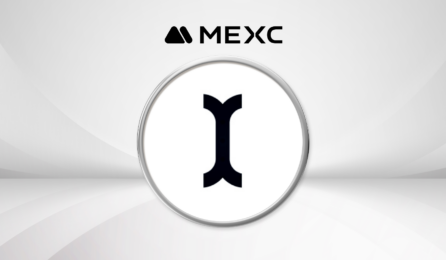
USD/MXN: Mexican peso slides as crude oil falls to 2002 lows
- USD/MXN rose by more than 2 per cent after the price of crude oil declined to lowest level since 2002.
- Crude oil price fell after IEA warned that demand would fall at an unprecedented pace.
- The OPEC deal signed on Sunday is at risk as big US producers oppose production cuts.
The USD/MXN pair rose by more than 2 per cent after the price of crude oil declined to the lowest level since 2002. The pair reached a high of 23.98, which was the highest it had been since Thursday last week.
Crude oil drop pushes Mexican peso lower
Copy link to sectionThe price of crude oil declined today as the market braced for low demand and oversupply. This came just three days after OPEC and its allies agreed to a historic supply cut that will remove more than 9.7 million bs/d.

According to analysts, there are three main reasons why the price of oil has shrugged the deal. First, there are divisions in the United States about whether to cut production. According to the Wall Street Journal, a virtual meeting between Texas regulators and oil producers ended in disarray.
On the one hand, some big oil players like ExxonMobil and Occidental have opposed supply cuts. On the other hand, some smaller shale players like Pioneer Natural Resources have advocated for cuts. As such, investors believe that the deal signed on Sunday will not work unless US producers agree to slash production.
Second, there is a question on demand, now that most economies are in lockdown. In a report released today, the International Energy Association (IEA) warned of an unprecedented slowdown of demand. The France-based organization now expects oil demand to fall by more than 9.3 mb/d this year. They also estimate that supply will drop by more than 12 mb/d, only if the deal agreed on Sunday works. The report added:
“We forecast a drop in demand in April of as much as 29 mb/d year-on-year, followed by another significant year-on-year fall of 26 mb/d in May. In June, the gradual recovery likely begins to gain traction, although demand will still be 15 mb/d lower than a year ago. There is no feasible agreement that could cut supply by enough to offset such near-term demand losses.”
Other oil currencies fell as well. The Canadian dollar, Norwegian krone, and Singapore dollar fell by more than 50 basis points.
Mexico vulnerable to oil prices
Copy link to sectionMexico has received a double-blow because of low oil prices and the recession risks in the United States. The country exports crude oil and natural gas worth more than $22 billion a year and Pemex alone employ more than 128,000 people. Low oil prices place the company, which was recently downgraded, at risk.
Meanwhile, the United States, which is Mexico’s biggest trading partner, is going through its worst financial crisis since the 1920s. Its biggest states like California, New York, and Texas have announced shutdowns, meaning that imports from Mexico will decline. As a result, the economy, which contracted in the fourth quarter could shrink at an unprecedented level this year.
At the same time, Mexico is battling the coronavirus pandemic, which has infected more than 5,000 people.
USD/MXN technical outlook
Copy link to section
On the four-hour chart, the USD/MXN pair struggled to move below the important support level of 23.25, which is between the 23.6% and 38.2% Fibonacci Retracement levels. The pair has now moved to the 23.6% retracement level, while the 28-day and 14-day EMAs have made a bullish crossover.
Therefore, the likely scenario is where the pair resumes the previous upward trend if it moves above the 23.6% retracement level.







